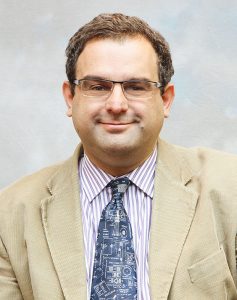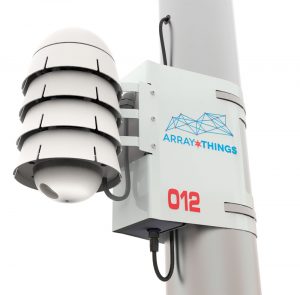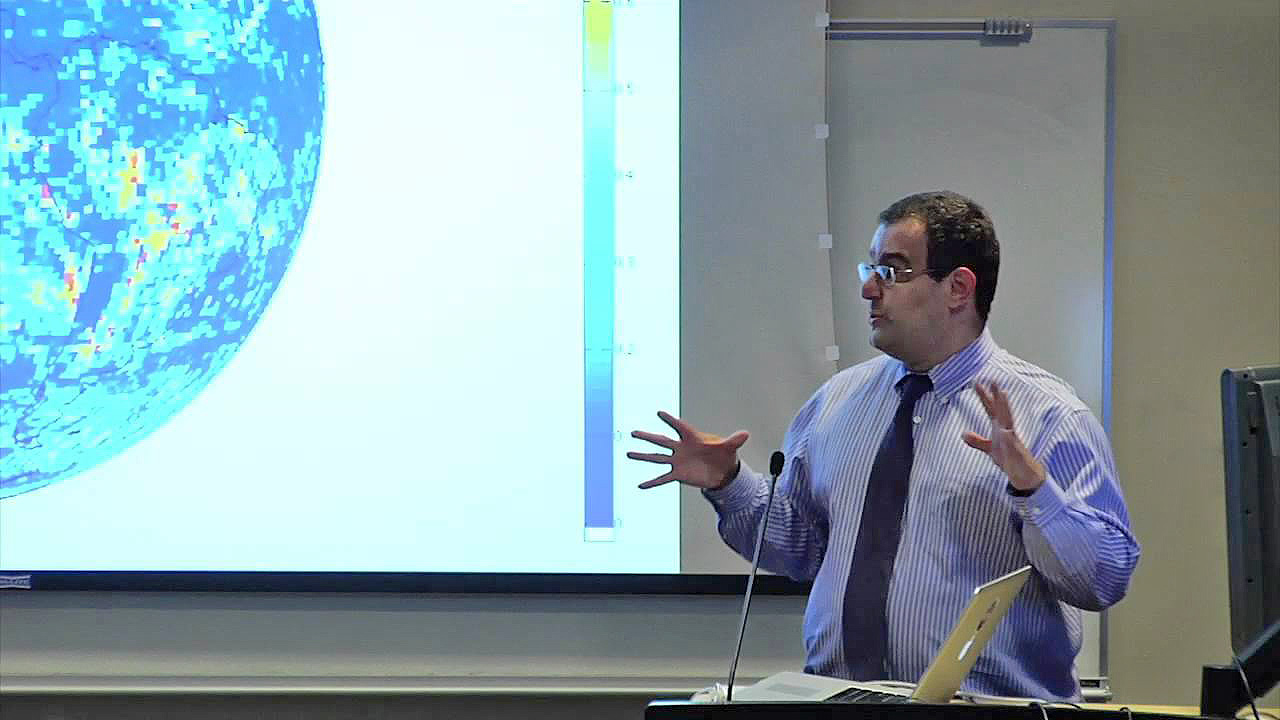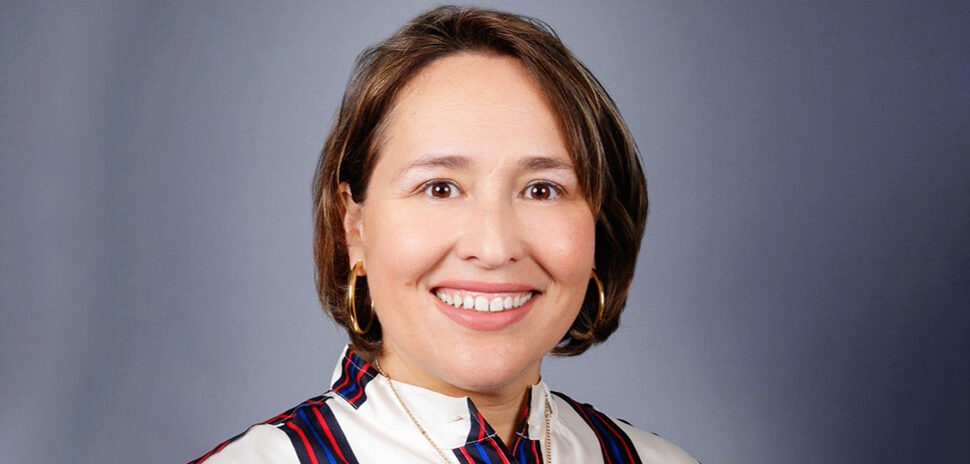THE PROJECT USES A GOOGLE MAPS-STYLE APPROACH
Dr. David Lary, Ph.D., atmospheric scientist and UT Dallas associate professor of physics, is leading a new project called Geolocated Allergen Sensing Platform (GASP) that will use data to help reduce the harmful effects of pollution.
“The key idea in GASP is to help meet a societal need of relevant real time allergen information by using an ensemble of IoT devices,” Lary said. “These devices stream in real time observations of temperature, pressure, humidity, six criteria gaseous pollutants using electrochemical sensors, and a full-size distribution of airborne particulates, including pollen, using a miniature laser based sensor.”

Dr. David Lary
Lary is the author of AutoChem, a NASA-released software designed for modeling atmospheric chemistry and chemical data assimilation. The software has won five NASA awards.
Supported by a grant from the National Science Foundation, the GASP project will install white-domed nodes with an advanced system of sensors on lamp posts in traffic-heavy cities.
“The same sensors will be deployed in the first wave across Chattanooga, Tennessee, across the UTD campus, and across Texas schools over the next two years,” Lary said.
Dallas and Chattanooga rank among the top 30 on the Asthma and Allergy Foundation of America’s list of most challenging places to live with seasonal allergies, making them ideal first locations for Lary and his team’s research.
Under the sponsorship of Earth Day Texas, 10 of the GASP project’s advanced sensors will be deployed at schools in the Dallas area over the next two years.
7 MILLION PEOPLE DIE PREMATURELY FROM POLLUTION
“Our hope is that [locations] will be extended by further sponsorship of individual sensors using a shared open data citizen science model,” Lary said.
According to a 2014 report by the World Health Organization, 7 million people die prematurely each year as a result of air pollution. And the problems of pollution are not limited to underdeveloped countries. In America, more than 50 million people have allergic diseases.
A major reason the GASP project can help people overcome the negative effects of pollution is its sensors being equipped with advanced lasers that can count airborne particles and determine their size. That’s a significant advancement when considering that many of the pollutants that can aggravate asthma and other respiratory conditions, as well as contribute to premature death, are too small for the human eye to see.
“This technology will add to our knowledge of airborne pollen levels and how levels vary within a city, and may help individuals with pollen allergies avoid areas of a city with higher pollen concentration,” said Dr. Estelle Levetin, Ph.D., an expert on aerobiology and a partner on the GASP project.
Aerobiology is commonly considered the microbiology of the atmosphere.
By being connected to an ultra-high-speed computer network, the GASP project’s sensors will be able to report on the vast amount of atmospheric data they collect in real-time.

An array of sensors used by the GASP project.
GOOGLE MAPS-STYLE APPROACH TO HELPING PEOPLE
“Online maps are accessed millions of times daily by people using computers and mobile devices to find the shortest or least congested route to their destination,” Lary said. “But suppose you have asthma, or want to take a newborn out for an impromptu walk and you’re looking for the least polluted route? We think we can help with that.
That potential Google Maps-style approach to helping people avoid heavy areas of pollution is gaining attention and aiding in the the GASP project’s growth.
Last year UT Dallas and its home city of Richardson joined US Ignite, a nonprofit organization that fosters the development of projects that use ultra-high-speed computer networks to spur innovation for the benefit of society. The GASP project’s team also recently partnered with Array of Things, an urban sensing project that measures factors that impact livability in Chicago such as climate, air quality and noise.
Through the partnership, measuring and reporting units similar to those being used for the GASP project are being deployed by the University of Chicago and Argonne National Laboratory scientists across the streets of Chicago.
Q&A: Dr. David Lary Talks About the GASP Project
For a daily dose of what’s new and next in Dallas-Fort Worth innovation, subscribe to our Dallas Innovates e-newsletter.





























